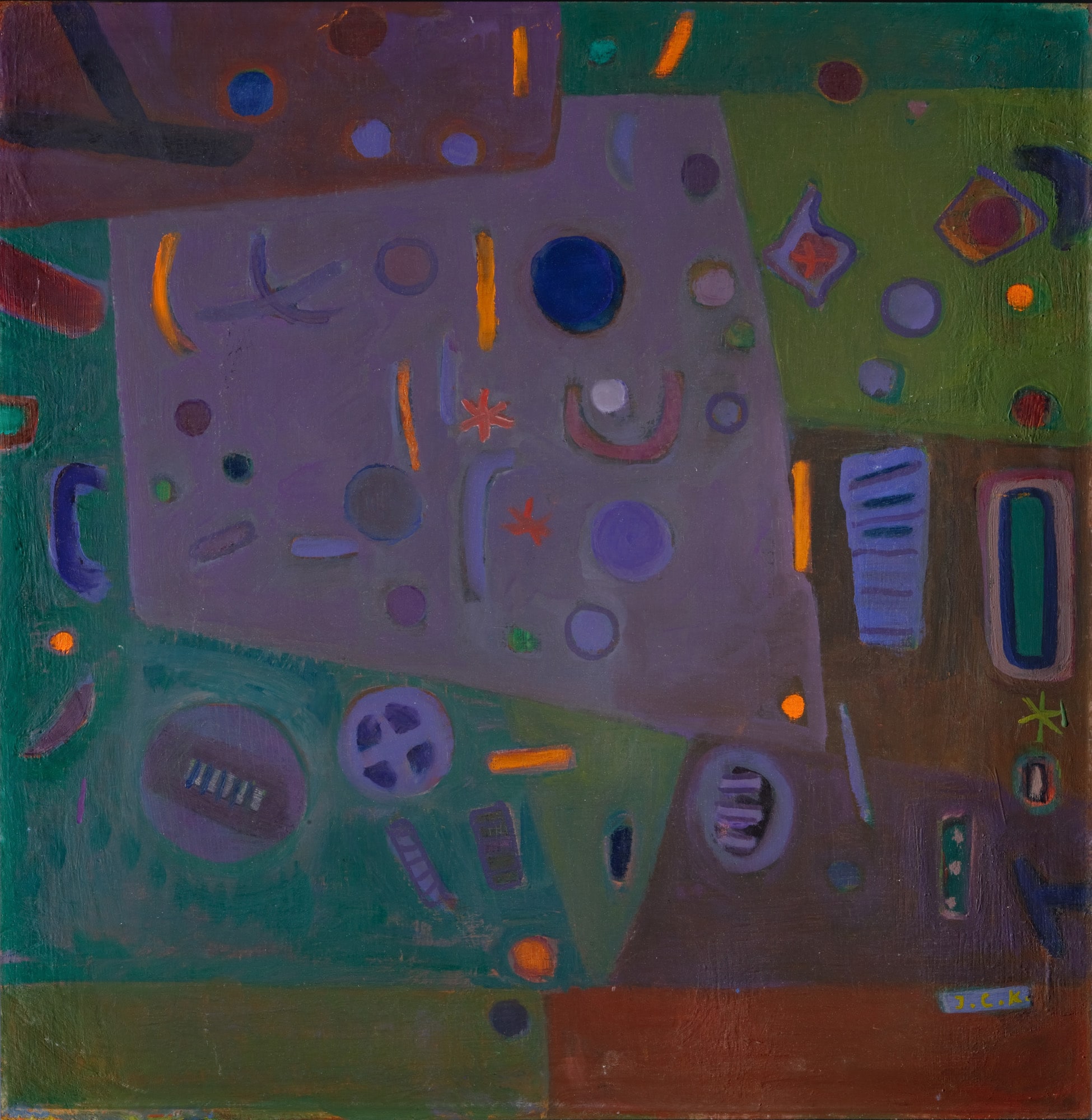“The true function of the cinema is not to tell fables.”
Cesare Zavattini
Roberto Rossellini, one of Italian neo-realism's pre-eminent directors, defined it as, “above all a moral position from which to look at the world”. Coming in the wake of studio-bound melodramas of the Fascist regime –neorealist films demonstrated a new social consciousness, with their emphasis on working class hardship and the daily struggle to get by in post-war Italy, where the shadow of defeat lay over its material conditions of economic hardship in war-damaged cities.
Pera Film, between the dates 2 – 30 May, in collaboration with the Italian Ministry of Foreign Affairs and the Italian Institute of Culture in Istanbul is presenting a striking selection of nine neorealist films of along with two special documentaries.
Italian neorealism made its mark on the international stage with Rossellini's Rome, Open City - an account of life and resistance in Rome under Nazi occupation, which took the Grand Prize at Cannes in 1946. Directors such as Roberto Rossellini, Vittorio De Sica, and Luchino Visconti took up cameras to focus on lower-class characters and their concerns, using nonprofessional actors, outdoor shooting, (necessarily) very small budgets, and a realist aesthetic. A direct, unadorned style of filming was typical, notably in long takes.
Cesare Zavattini, who wrote neorealist films such as Shoeshine and Bicycle Thief for the Italian director Vittorio de Sica, laid a challenge to all film makers “to excavate reality, to give it a power, a communication, a series of reflexes, which until recently we had never thought it had.” He declares that the camera “has a hunger for reality,” that the invention of plots to make reality palpable or spectacular is a flight from the richness of real life. The problem, he says, “lies in being able to observe reality, not to extract fictions from it.” 
In collaboration
April 14
May 2
19:00 Journey to Italy
May 3
14:00 I Vitelloni
16:00 Paisan
19:00 Stromboli
May 4
12:30 History of Italian Cinema
14:00 History of Italian Cinema
16:00 Banditi a Orgosolo
18:00 Bread, Love and Dreams
May 8
19:00 Rome, Open City
May 9
18:00 Cesare Zavattini
20:00 Banditi a Orgosolo
May 11
14:00 Bread, Love and Dreams
16:00 I Vitelloni
18:00 Stromboli
May 14
16:00 History of Italian Cinema
17:00 History of Italian Cinema
19:00 Umberto D
May 18
14:00 Paisan
16:00 Rome, Open City
18:00 Germany Year Zero
May 21
19:00 Germany Year Zero
May 24
14:00 Umberto D
May 30
18:00 Cesare Zavattini
20:00 Journey to Italy
June 30
May 2
19:00 Journey to Italy
May 3
14:00 I Vitelloni
16:00 Paisan
19:00 Stromboli
May 4
12:30 History of Italian Cinema
16:00 Banditi a Orgosolo
18:00 Bread, Love and Dreams
May 8
19:00 Rome, Open City
May 9
18:00 Cesare Zavattini
20:00 Banditi a Orgosolo
May 11
14:00 Bread, Love and Dreams
16:00 I Vitelloni
18:00 Stromboli
May 14
16:00 History of Italian Cinema
19:00 Umberto D
May 18
14:00 Paisan
16:00 Rome, Open City
18:00 Germany Year Zero
May 21
19:00 Germany Year Zero
May 24
14:00 Umberto D
May 30
18:00 Cesare Zavattini
20:00 Journey to Italy
Program Trailer

A firm believer in the idea that a collection needs to be upheld at least by four generations and comparing this continuity to a relay race, Nahit Kabakcı began creating the Huma Kabakcı Collection from the 1980s onwards. Today, the collection can be considered one of the most important and outstanding examples among the rare, consciously created, and long-lasting ones of its kind in Turkey.
Tuesday - Saturday 10:00 - 19:00
Friday 10:00 - 22:00
Sunday 12:00 - 18:00
The museum is closed on Mondays.
On Wednesdays, the students can
visit the museum free of admission.
Full ticket: 300 TL
Discounted: 150 TL
Groups: 200 TL (minimum 10 people)